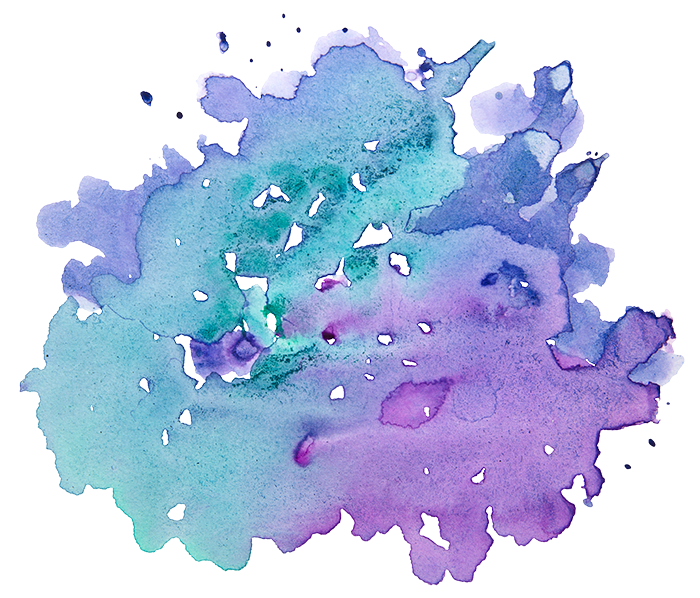Last week, we read parashat Tazria, and this week, we read parashat Metzora. These Leviticus tomes are full of skin ailments, clothes and linens which contract impurity, beplagued houses, and priestly rituals. They may seem erudite, bizarre, even inaccessible. But these parshiot offer us an opportunity to talk about something much more accessible: Mikveh. They are full of reasons to immerse.
Giving birth, brit milah, marital relations, and tzara’at – an ailment often translated as leprosy – are all discussed in these parshiot. All these events touch upon life and death, in actuality or in potential. They also all culminate in immersion in water. The Biblical basis for the laws of niddah, women’s monthly immersion, is found here. We meet the metzora, the person afflicted with tzara’at. Once his affliction has been diagnosed by the priest, he waits outside the camp until he is healed and cleared by a priest to return to community. This return to community parallels a return to state of taharah – conveniently, though problematically, translated as purity. The rabbis often talk about tzara’at not as leprosy but as a spiritual ailment characterized by gossip and slanderous speech. This kind of speech, they suggest, is potentially destabilizing to the community, hence the metzora’s exile outside the camp. But we can also understand metzora in terms of anything that separates one from community. The metzora could be a person afflicted with any illness – mental, physical, or spiritual – or not an illness at all, but rather a distance, such that the metzora is someone who is separated from the community by any kind of distance. We could learn from this story the importance of bringing back into the community those who have left for any reason, as well as the possibility of incorporating immersion in water into any recovery, return, reintegration.
In addition to immersion, the metzora’s return to the community also includes an elaborate ritual performed by the priest in which the priest dips hyssop in the blood of a bird and sprinkles it onto the metzora and later dabs the blood of a lamb onto the metzora’s ear, thumb, and big toe. What are we to make of this ritual, described at length and in detail, so strange to our postmodern sensibilities?
In the case of the woman who menstruates or gives birth and the metzora, blood leads the way to water. Rabbi Yosef Bechor Shor suggests that the menstrual blood that women monitor in observing niddah functions for them as covenantal blood, parallel to the blood of circumcision, while Ibn Ezra ties the ritual of the metzora to Passover through the hyssop dipped in blood: Moses commands the Israelites to dip hyssop in the blood of the Passover offering and paint it on their doorposts as a sign, so that when the angel of death comes to smite the Egyptian firstborn, the Israelite firstborn would be saved. In the case of Passover, too, blood leads to water – the Red Sea – and to covenant, the covenant between God and the Jewish people. Through water, the metzora returns to community, and the Israelites become a free people and find their way to Sinai.
Though we may feel distant from this part of the Torah and its bizarre rituals, from the meaning of Passover with its myriad chores and restrictions, may we find our way back through the water on the way to community, to covenant, to that which we’re missing.
Mayyim Hayyim invites you to immerse in the mikveh as part of your Passover preparation, to prepare your spirit as well as your kitchen, to cleanse the spiritual chametz.
Robin Weintraub is the Mikveh Center Coordinator at Mayyim Hayyim. She is currently learning Hasidus in hopes of experiencing a more redemptive Pesach.


